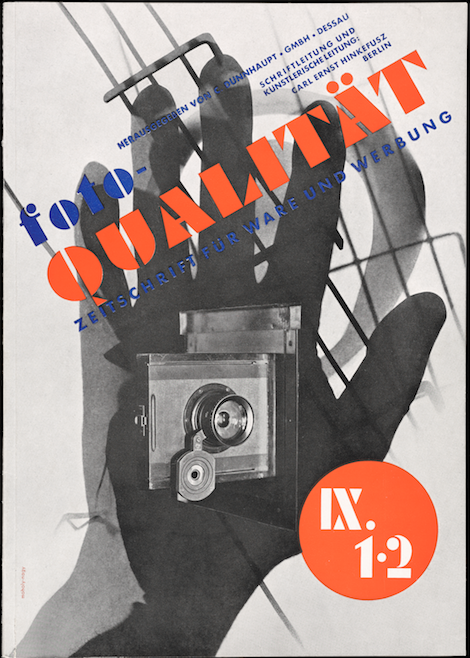
László Moholy–Nagy, Foto–Qualität, IX.1.2, 1931, magazine cover print.
What’s between seeing and photography? Are the conditions which enable seeing also those that sustain photography? Take, for example, an open window, a white wall, and a lens: If we place the lens between the window and the wall, an image of the window or of the view seen through the window will be projected on the wall. Photography, as we are well aware, is primarily a technology for the creation of such images, and more important — for fixing them. Every camera is also a camera obscura, a dark chamber, hence photography is an intense verification or the materialization of a primeval aspiration dating back to the Renaissance: the yearning for a perfect, permanent imitation of reality. If we observe such a fixed image (a photograph), we may see, time and again, the imaginary window that had been there — opposite the wall, opposite a chemical surface or a photosensitive, digital surface. Moreover, we may also see the view seen through that window. Just as we have learned to see by means of spectacles, telescopes, and mirrors, so we are capable of seeing through, or by means of, photographs. Photography is thus a potent instrument which enables us to see what our eyes would have seen had they been equipped with the ability to see that which is too small, distant, or fast to be seen. Photography has endowed the human eye with superhuman capacities, or so we have been told.